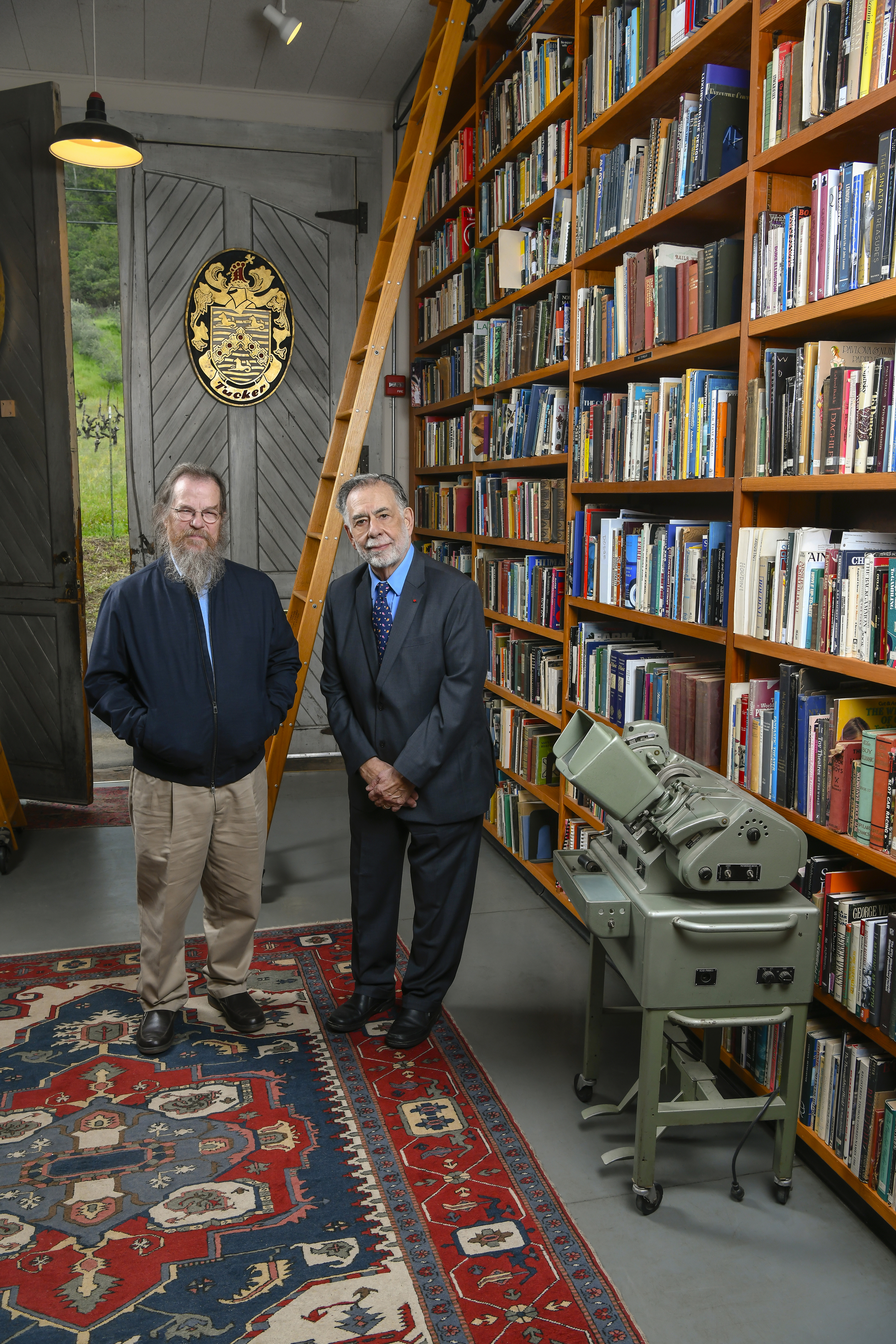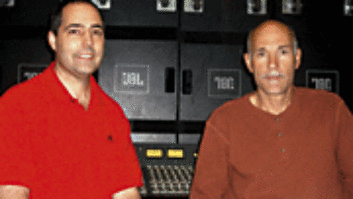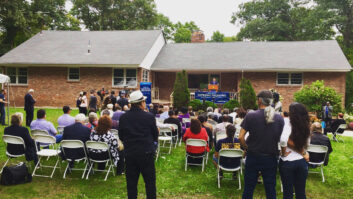NEW YORK, NY—New York City’s Beacon Theatre is a stunning place to see a concert. “You couldn’t even build a place like this anymore—I don’t think it’s possible,” mused Dave Natale, whose list of shows in the venerable venue includes the Rolling Stones gigs shot for Martin Scorsese’s concert film, Shine A Light.
While the aesthetic qualities of the Beacon have always been beyond reproach, until recently, the sound was another story. Built in 1929, the 2,800-seat venue took a beating over the years as it housed everything from live vaudeville to movies. In recent decades, it has hosted upwards of 150 shows a year, including its legendary annual residency by the Allman Brothers Band. During that time, the venue was known among audio pros for its slapback and the frustratingly difficultto- cover upper balcony.
The idea of the house system came from Radio City Music Hall, said Rich Claffey, senior VP of theatre operations for MSG Entertainment. There, the audio team had installed a permanent house system, used by all visiting tours, that was created with input from noted FOH engineers such as Natale who was also a consultant on the Beacon project. The Radio City system’s aim was to guarantee that every seat in the house would experience quality sound, and provide each visiting engineer with peace of mind that he could leave his own system in the truck and still put on a good show.
The new Beacon Theatre system takes the same approach, so the venue’s new PA is based around a sizable JBL VerTec rig. Powered by QSC PowerLight PL340 and PL380 amplifiers, the system includes six VT4888s and two VT4882s covering the upper balcony; eight DPDA-VT4888s and three DPDA-VT4880As on the orchestra level; a center cluster of four DPDAVT4887As, and a selection of EAW JF-80 underbalcony speakers, with 12 on the orchestra and 13 in the loge. At the FOH position—removable since most touring acts bring in their own house gear—sits a Midas Venice 320 desk, supplemented by a Yamaha SPX2000, a Tascam CD- 01U Pro, and Klark Teknik DN530, DN540 and DN360B units. House mics include a selection of standard Shure SM57, SM58 and Beta52s; four Audio-Technica U857RL gooseneck mics; and Radial ProAV2 and ProDI DIs, and accommodating all that is a Whirlwind 56-channel splitter.
The majestic Beacon Theatre now has a permanent house audio system based around JBL VerTec line arrays, QSC amplifiers and a Midas console.“In all, it took a week to 10 days to install” said Tom Arrigoni, head audio engineer at Radio City Music Hall. “The room sounds good. Radio City is so big and you throw sound so far that it took some work to get it to sound as good as it does. Here, it’s right in your face. The VerTec is a good box, too, because the 12s are nice and tight.”

While the opulent décor is part of the venue’s appeal, in the past, it was also the Achilles Heel when it came to audio. Because the curved proscenium juts out so far from the front of the stage, loudspeakers couldn’t be hung to cover the upper balcony unless they were dragged out 10 rows into the middle of the orchestra seats and raised from there. Many touring productions simply didn’t have the time or patience to do that. “The only other way to cover the balconies was to lean stuff back in the stacks on the ground, and there’s no way to cover up there,” recalled Natale.
While the 2008 renovation saw a few VerTecs hung up to cover the balcony, allowing touring engineers to tie the balcony boxes into their own touring PA, installing a complete house system allowed the audio team to fine-tune the building’s audio once and for all.
“Adding the extra cabinets to the upper balcony gave it the exact coverage that it needed, so that no one is unhappy, stuck in a seat that’s left out,” said Fred Maldinado, audio technician at the Beacon. “We’ve had about a dozen shows so far with the new system, and we have more engineers than not bringing in less gear every time they come back. The first time, they come with backup stuff in case it doesn’t work out. But once they get a feel for it, they push their stuff aside and go with what we have, because it is accommodating to their needs.”
Clair Brothers installed the system and tuning was handled by crowd-sourcing the opinions, with Clair’s Jim Devinney, JBL Professional field engineer Raul Gonzalez, Radio City assistant audio engineer Patrick Healey, Beacon Theatre head audio engineer Rich Gilmore and others each weighing in. Natale explained, “We’d all go walking around and go, ‘Hey wait, come over here; we’d better change that.’ We’d go back up and someone else would say, ‘Nah, it needs this!’ So it was more of an average that everyone could deal with, as opposed to one guy saying, ‘This is the way it’s going to be EQ’d and that’s it.’ It worked out well.”
As if to underline that, the Allman Brothers Band has announced its return to the Beacon Theatre this spring for another residency, including a gig on March 12, the 40th anniversary of recording At Fillmore East. The act has played there every March since 1992 except for 1995 and 2010; with more than 190 Beacon Theatre shows under its belt, it’s a safe bet that the Allmans will put the new system to the test.
Beacon Theatre
beacontheatre.com
JBL Professional
jblpro.com
Clair Brothers
clairsystems.com





